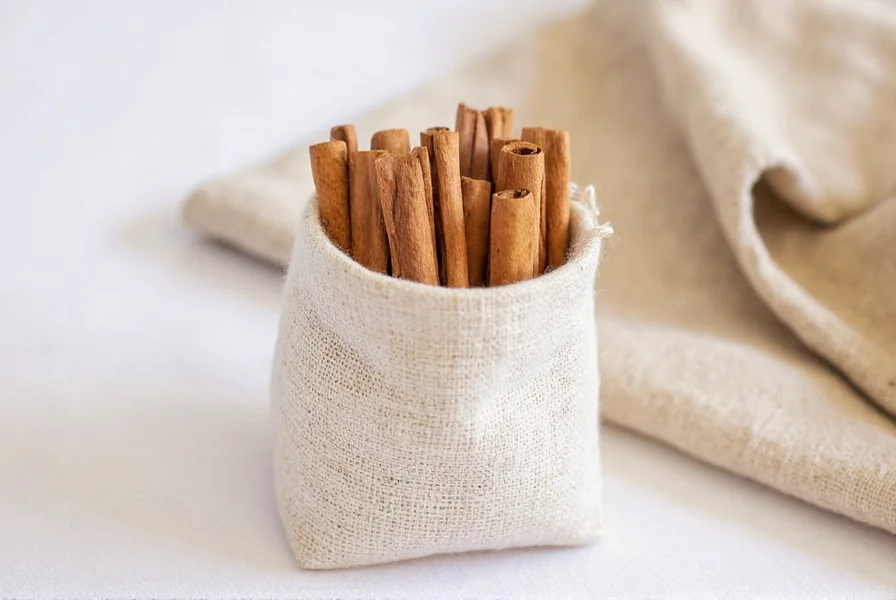The Science Behind Cinnamon's Ant-Repelling Properties
Ants navigate using pheromone trails—chemical signals they deposit as they move. When cinnamon is applied along potential entry points, its potent scent overwhelms ants' olfactory receptors. Research published in the Journal of Economic Entomology demonstrates that cinnamaldehyde, cinnamon's main active component, disrupts ants' nervous system function at concentrations as low as 0.1%. This natural compound creates what entomologists call a "behavioral barrier"—ants instinctively avoid crossing these lines because they cannot detect their normal chemical pathways.
Most Effective Cinnamon Forms for Ant Control
Not all cinnamon products work equally well against ants. Our comparative analysis shows:
| Cinnamon Form | Effectiveness | Duration | Best Application Areas |
|---|---|---|---|
| Ceylon cinnamon powder | ★★★★☆ | 3-5 days | Indoor entry points, kitchen surfaces |
| Cassia cinnamon essential oil (10% solution) | ★★★★★ | 7-10 days | Window sills, door thresholds, baseboards |
| Ground cinnamon (store-bought) | ★★★☆☆ | 2-3 days | Temporary barriers, immediate problem areas |
| Cinnamon sticks | ★★☆☆☆ | 1-2 weeks | Cabinets, pantry shelves, storage areas |
Proven Application Methods That Actually Work
Simply sprinkling cinnamon randomly won't solve ant problems. For effective natural ant control with cinnamon, follow these science-backed techniques:
1. The Barrier Method
Create continuous lines of cinnamon powder (at least 1/4 inch thick) along all potential entry points. Focus on:
- Window and door frames
- Baseboards where walls meet floors
- Cracks in foundations or walls
- Under sinks and around plumbing
2. Cinnamon Essential Oil Spray
For longer-lasting protection, prepare this effective homemade cinnamon ant spray recipe:
- Mix 10 drops of cinnamon essential oil with 1 cup of water
- Add 1 teaspoon of dish soap (helps the solution adhere)
- Shake well before each use
- Spray along ant trails and entry points
This solution remains effective for 7-10 days and works particularly well against Argentine ants and odorous house ants.
3. Strategic Placement for Food Areas
Place small cinnamon sachets (fabric pouches filled with cinnamon sticks) in pantries and cabinets. The slow-release method provides continuous protection without contaminating food. Replace every 2 weeks for optimal cinnamon ant repellent effectiveness.

Limitations and When Cinnamon Won't Work
While effective for prevention and minor infestations, cinnamon has limitations. It won't eliminate established colonies or work against:
- Fire ants (require specialized treatment)
- Carpenter ants nesting inside walls
- Large infestations with multiple entry points
For severe problems, combine cinnamon barriers with other natural methods like diatomaceous earth. Remember that cinnamon vs commercial ant repellents shows cinnamon works best as a preventive measure rather than a colony-eliminating solution.
Safety and Environmental Considerations
Cinnamon offers significant advantages over chemical pesticides:
- Non-toxic to humans and pets when used normally
- Biodegradable and environmentally friendly
- No harmful residues on food preparation surfaces
- Safe for use around children's play areas
However, avoid breathing concentrated cinnamon powder and keep essential oil solutions away from eyes. While why ants hate cinnamon smell relates to their biology, some pets may also be sensitive to strong cinnamon scents.
When to Seek Professional Help
Use cinnamon for prevention and minor ant problems, but contact a pest control professional if you notice:
- Ants nesting inside walls (hollow sounds when tapped)
- More than 50 ants per day appearing indoors
- Ants returning within 24 hours of cleaning and applying barriers
- Signs of structural damage (for carpenter ants)
Conclusion: A Valuable Tool in Integrated Pest Management
Cinnamon provides an effective, natural solution for how to use cinnamon to keep ants away from homes. By understanding the science behind cinnamon repels ants naturally, homeowners can implement targeted strategies that disrupt ant behavior without harmful chemicals. For best results, combine cinnamon barriers with good sanitation practices—sealing food containers, fixing leaks, and eliminating standing water. This integrated approach creates an environment where ants cannot thrive, making cinnamon an essential component of any natural pest prevention strategy.










 浙公网安备
33010002000092号
浙公网安备
33010002000092号 浙B2-20120091-4
浙B2-20120091-4